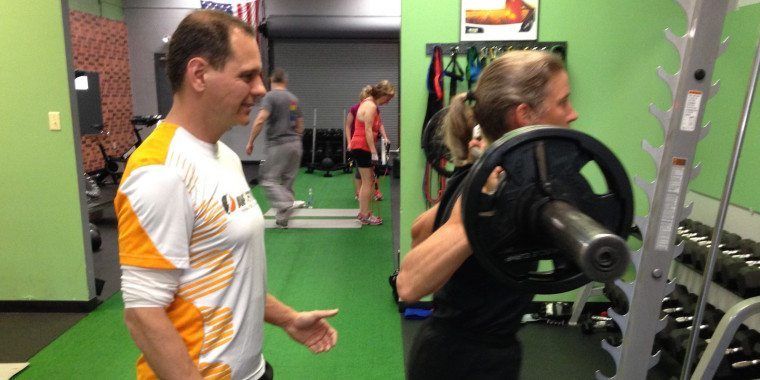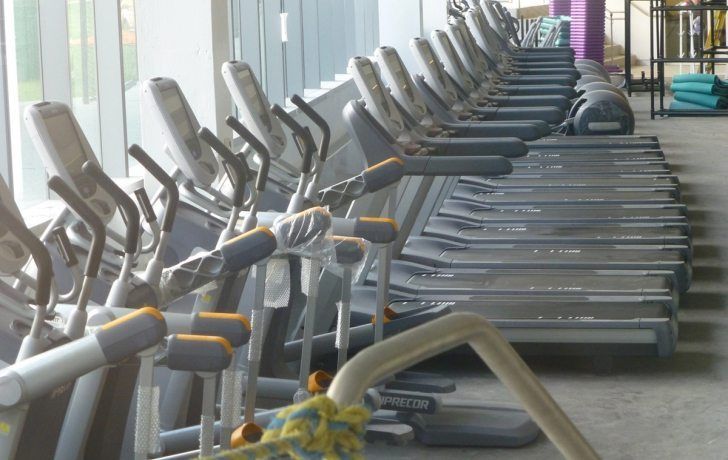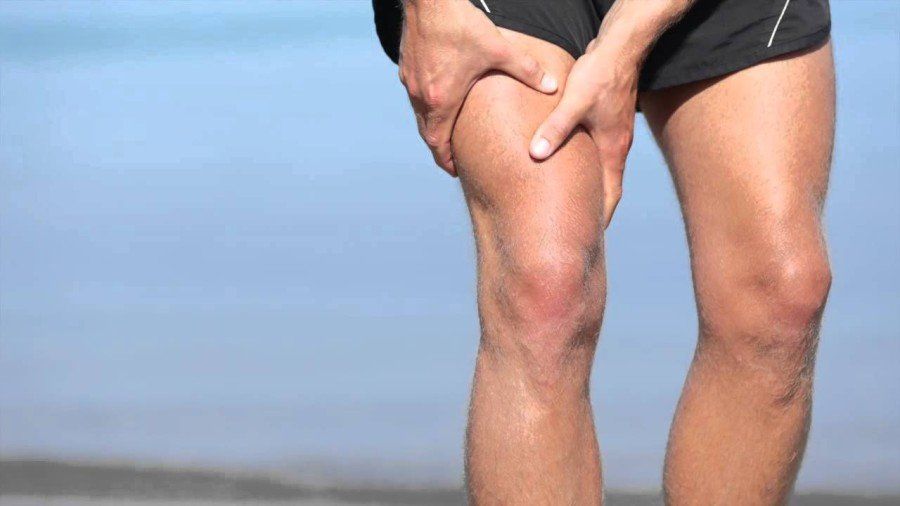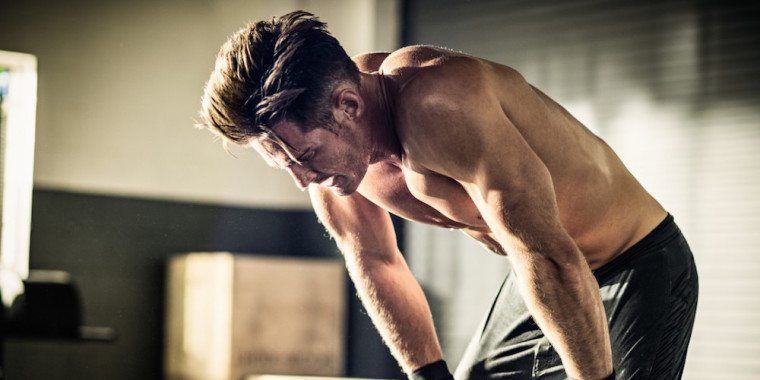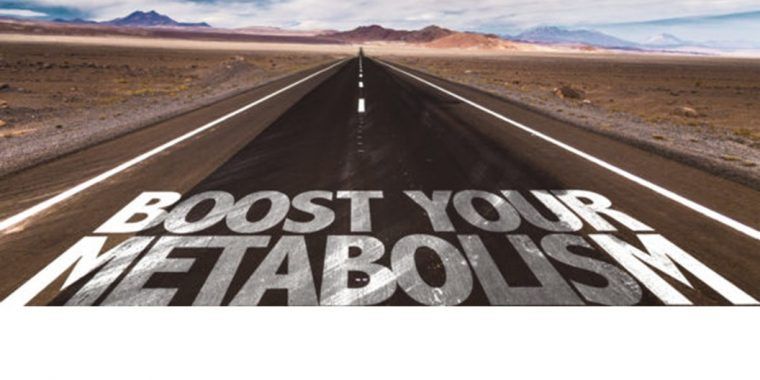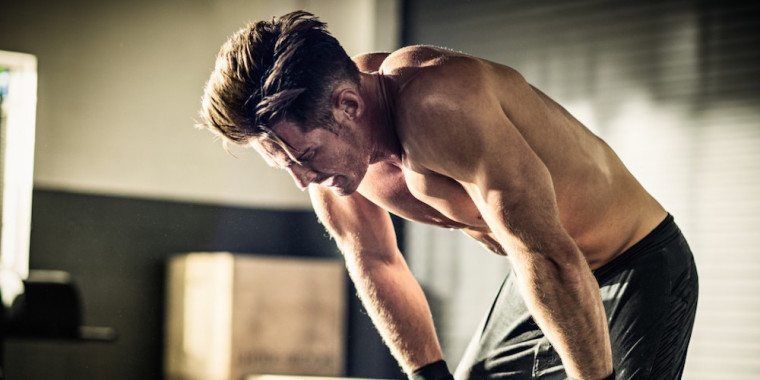Raise you hand if you have ever felt sore or stiff the day after a good workout?
Any type of activity that places unaccustomed loads on your muscles may lead to what is known as delayed onset muscle soreness. Delayed soreness typically begins to develop 12-24 hours after the exercise has been performed and may produce the greatest pain between 24-72 hours after the exercise has been performed.
While that is common and generally nothing to worry about, if you find yourself compensating for the pain by changing your technique when performing an exercise your body can get out of balance, potentially leading to a real problem.
“It’s all about forces,” physical therapist David Reavy told The Chicago Tribune. “If your body absorbs too much force, it’s going to come out of alignment. Things are going to tighten up and, once things tighten up, muscles shut down.”
One way to avoid that is to balance your body through a combination of muscle release and activation activities.
Reavy, who works with Matt Forte, a running back with the NFL’s New York Jets, recommends the following recovery exercises to help with your alignment and body function, according to si.com/edge:
- Hip flexor release: Lie on your stomach and place a lacrosse ball where the top of your femur meets your hip. Lean a tolerable amount of weight onto the ball and roll forward and back. Bend the knee on the side of the ball and swing that ankle side to side. Repeat for 30 seconds to two minutes.
- Adductor release: Sit on a stable surface with one leg out and that foot braced against the opposite knee. Place your elbow (or the back of your forearm) in a sore spot and move your leg up and down. Perform on each leg for three to five minutes.
Here are some other active recovery exercises, courtesy of shape.com, to try:
- Extended triangle twist: Take a wide step forward with your left foot, keeping both feet flat on the floor. Hinge forward from your hips, and bring your chest parallel to the floor (soften your knees if needed), extending arms out overhead, palms pressed on top of the upright roller. Slowly rotate your torso to the left, reaching left arm overhead to the ceiling. Try to look up at your hand (if that strains your neck look straight ahead or down to the floor). Hold for 5 deep breaths and then reverse, repeating up to 3 times total on both sides.
- Bridge and release: Turn a foam roller so that it is perpendicular to your spine, and place it under your lower back (your upper body should be resting on the floor, knees bent, feet hip width and flat on the ground). Cross your arms over your chest and lift your hips into bridge pose, squeezing your glutes and lifting your hips with your lower back, for 5 counts. Slowly lower your hips and press your lower back into the roller, relaxing your glutes and legs and allowing your back to sink into the roller. Hold for 5 deep breaths. Repeat up to 3 more times.
- Kneeling hip and quad stretch: Begin kneeling, with the roller perpendicular to you on the floor. Step your right foot forward and over the roller, lunging into your leg, shifting your weight off of your back knee. Position the roller under your left thigh in front of your knee, tucking your toes under to lift up into a low lunge (just be sure to avoid putting pressure on top of your kneecap by positioning the roller in front of your knee at all times). If this is a deep stretch for you already, simply stay here and hold this position.
To learn more about developing a proper exercise program, give us a call at 216-831-3674 or email us at
info@ampfitness.com to talk with one of our certified personal trainers.
